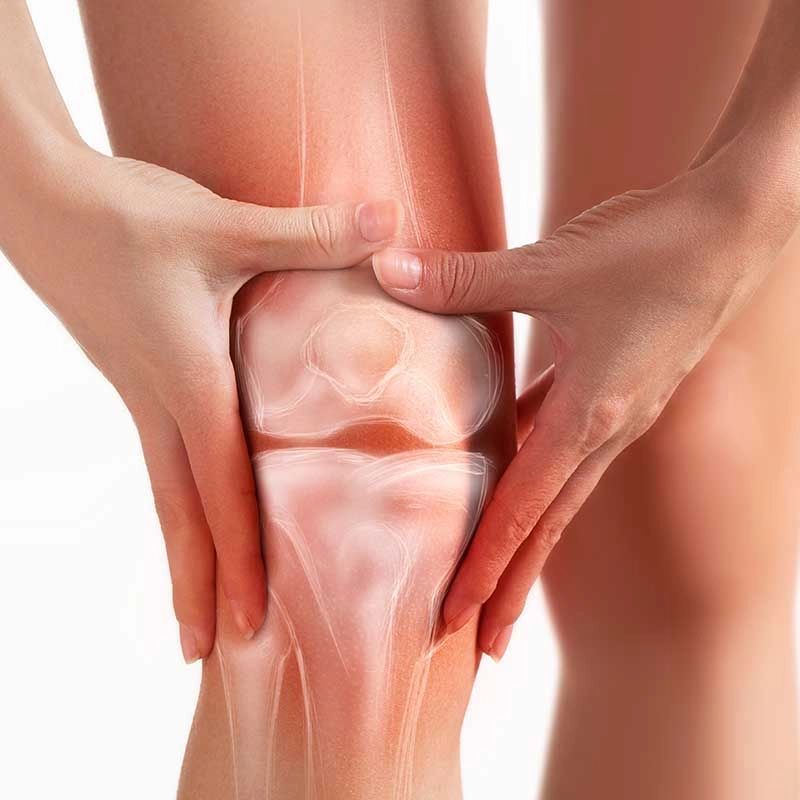Common Causes and Treatments of Joint Pain
Joint pain is most common in older individuals, but anyone can experience joint pain. From overuse and injury to arthritis and underlying conditions, there are many potential causes of joint pain and discomfort.
Osteoarthritis
Osteoarthritis occurs when the protective cartilage that acts as a cushion at the ends of each bone wears down over time. This condition is most common in older adults. Doctors often suggest weight loss and exercise to treat osteoarthritis. Some patients have also seen promising outcomes from physical therapy, acupuncture, and using heat or cold packs.
Injury and overuse
From long-distance runners to tennis players, many active individuals experience joint pain due to overuse. Bursitis is a joint condition usually found in the knees, elbows, hips or shoulders brought on by overuse. Tendinitis is also caused by overuse. Tendinitis describes inflammation in the tendons, usually in the heel, shoulder, or elbow. Getting adequate rest and recovery can go a long way in these cases.
In other cases, past injuries like torn ligaments or broken bones may still take a toll on the joints. Proper rest is the treatment of choice in most situations, but some injuries may require surgery. Physical therapy can also help rebuild strength and flexibility in the impacted area.
Lupus
Lupus is an autoimmune disease that can affect multiple joints. Doctors commonly prescribe medications to manage lupus symptoms and recommend exercises to reduce stiffness.
Rheumatoid arthritis
Like lupus, rheumatoid arthritis is an autoimmune disorder.
Rheumatoid arthritis causes the body's immune system to attack healthy joints, tissues, and bones. It can cause inflammation that erodes the lining within the joints over time. Treatments for rheumatoid arthritis include medication, an anti-inflammatory diet, and regular exercise.
Gout
Gout can cause a severe and sudden burning sensation in the impacted area. It is usually accompanied by swollen toes. This common type of arthritis involves the buildup of uric acid crystals in the joints, and it can happen to anyone. Treatment plans usually include dietary changes like avoiding foods high in purines, such as red meat and alcohol and staying well-hydrated.
Concerns About Joint Pain Treatments
Even with a clearer understanding of joint pain causes and common treatments for each of them, many individuals living with joint pain still feel frustrated. For many, the idea of using medication indefinitely is incredibly stressful. Unwanted side effects and decreasing efficacy as the body grows used to each drug make this treatment route understandably unappealing.
For those whose treatment plans only recommend diet and exercise, disappointment is common. Joint pain often makes exercise extremely painful, so when exercise is prescribed as a joint pain treatment, it can lead to a discouraging cycle. Ideally, those struggling with joint pain can find a way to move their bodies regularly without causing additional damage.
Lifestyle changes like refraining from smoking, managing stress, getting plenty of sleep, and taking certain supplements may improve joint pain symptoms for many people. However, these changes alone are often insufficient to overcome joint pain completely.






